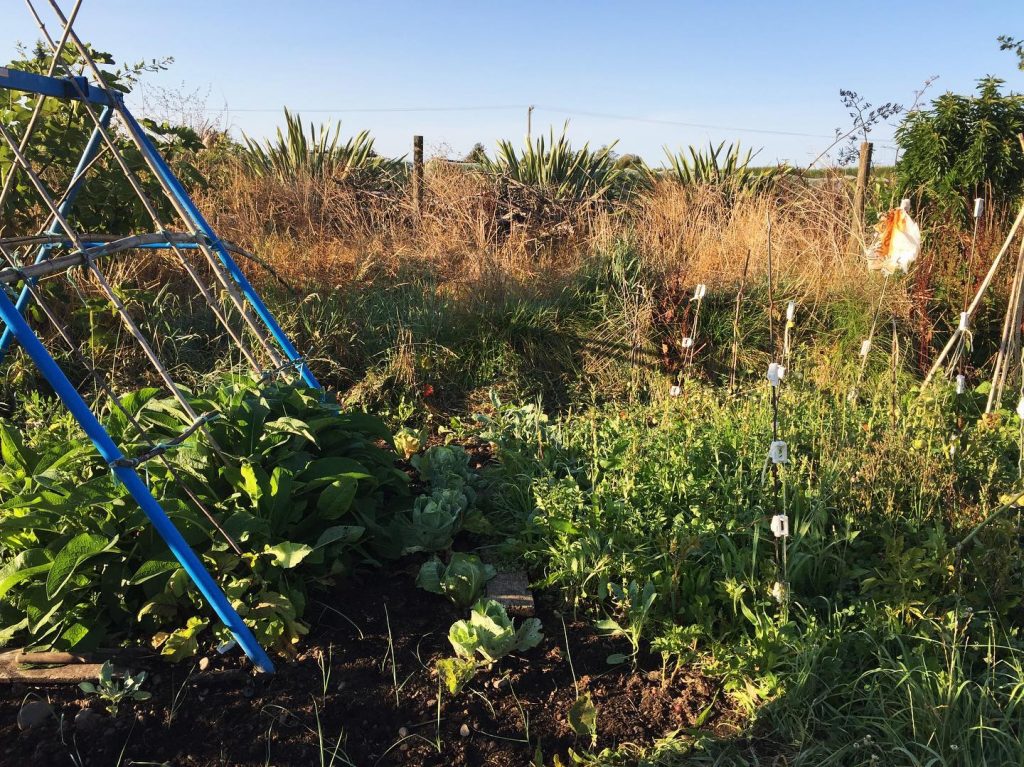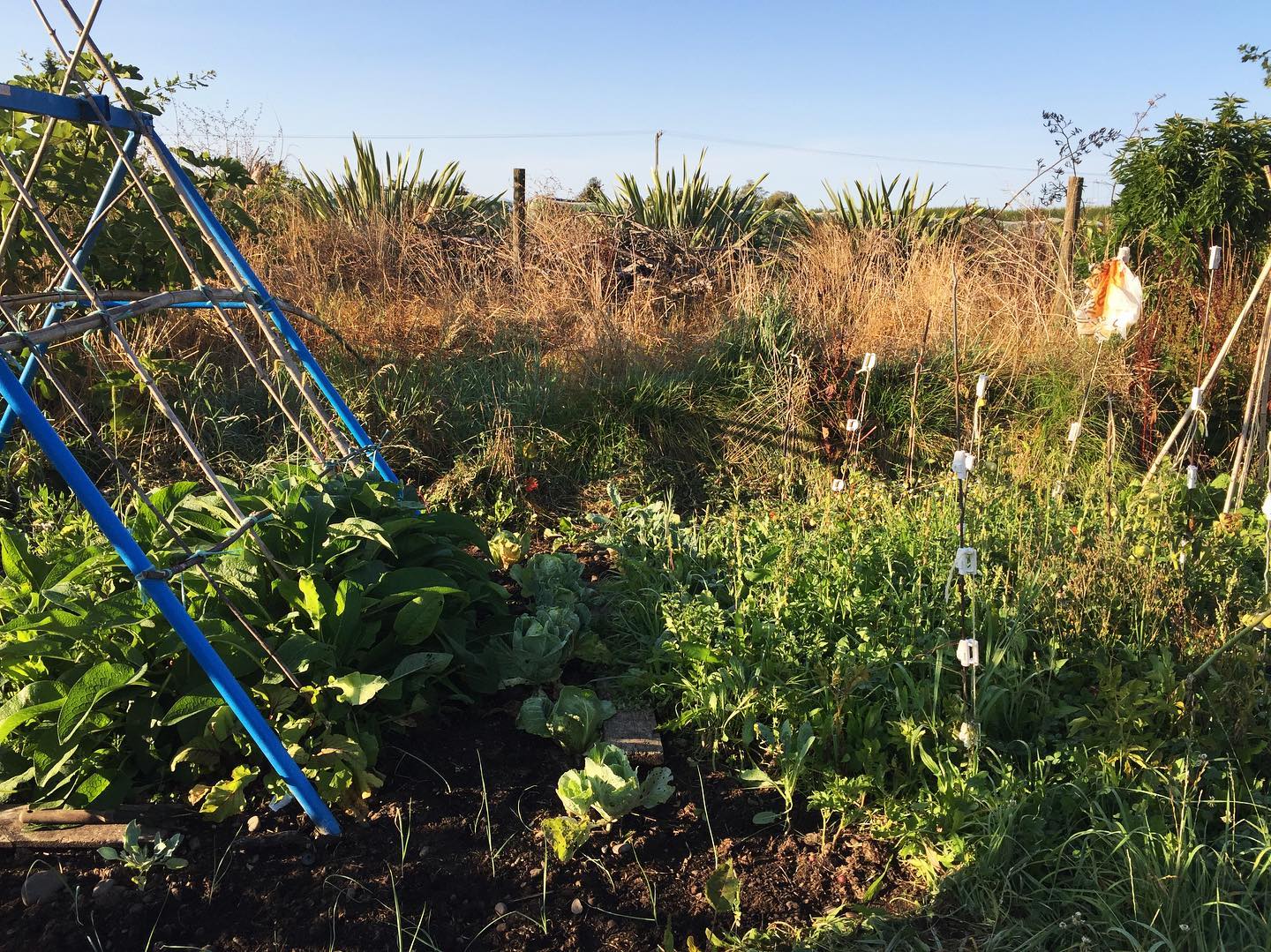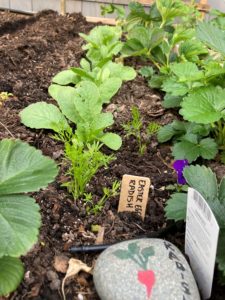
Have you ever heard of a victory garden? During WWI and WWII there were government campaigns to encourage people to grow their own veggies, fruit, and herbs in order to supplement rations and reduce pressure on a food system hampered by labour and supply shortages. Experienced gardeners would in some cases go into schools and help teach children and their families about growing their own food. This act was seen as one of patriotism and boosted morale as individuals contributed to the war effort. Marginal land, such as vacant lots and vegetated railroad corridors, was also captured for food production. In 1944 there were an estimated 209,200 victory gardens in Canada which produced 57,000 tonnes of produce!
Though today’s food system looks much different than it did back then, we are even more vulnerable to supply problems – in a globalised supply chain, the number of middlemen that handle your food and sheer distance food travels from farmers to get to consumers is insane. It’s no wonder, then, that during this global pandemic the victory garden has been resurrected. Most seed companies have been absolutely inundated with orders, and starts at grocery stores and garden centres are gone within a few days!
Gardening is a wonderful way to foster a connection with your food and nature, and there are so many great resources out there to help you get started (one of my favourites is the blog at West Coast Seeds). It’s a great focus for mental and physical health, and all you really need is some soil, water, and seeds and you’re good to go. Sidestep the Roundup, plastic wrap, and litres of gas that has gone into the production of your head of lettuce, and grow it yourself. Long live victory gardens!


